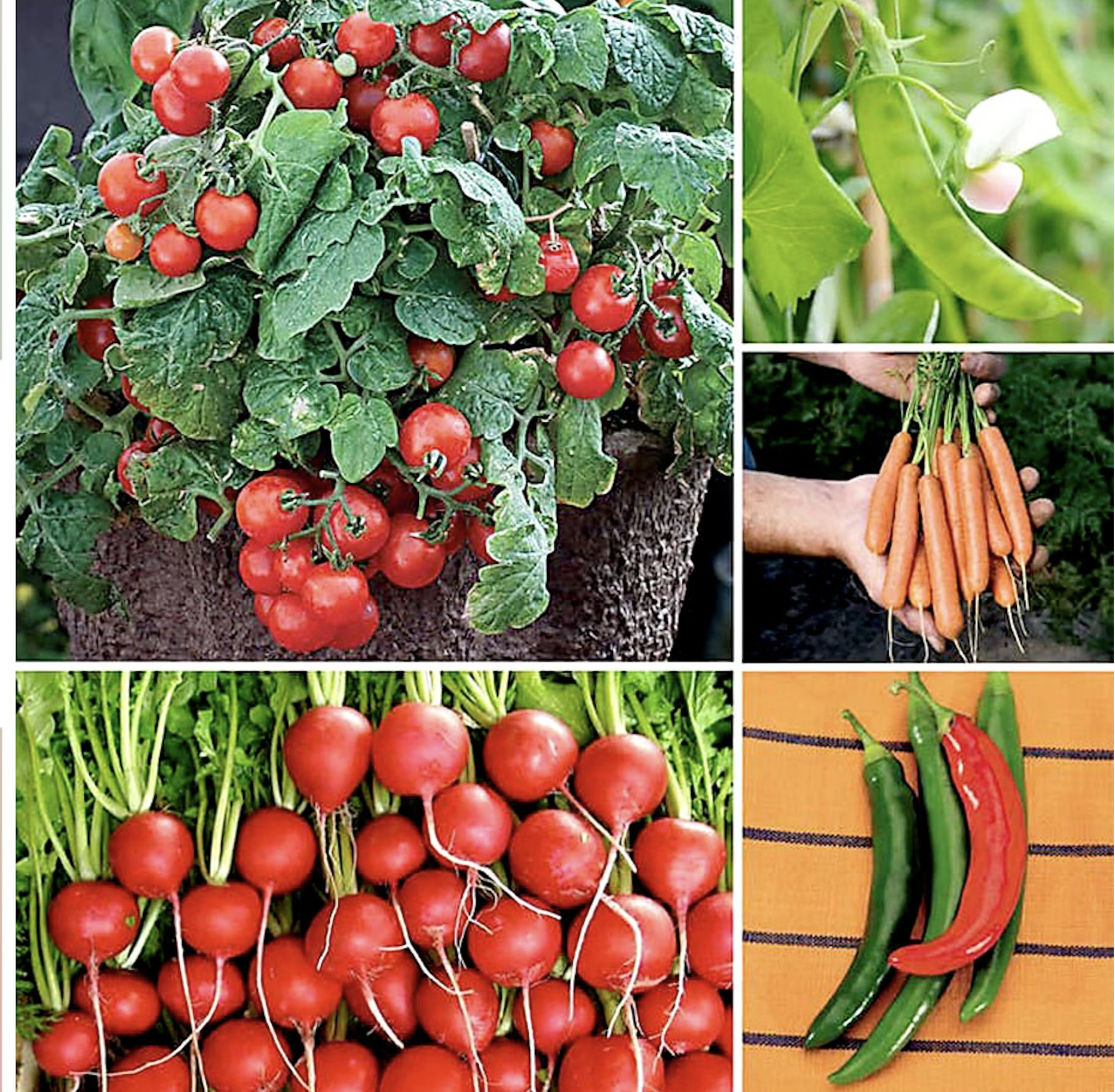15 Best Vegetables To Plant In May For A Summer Bounty Of Fresh Homegrown Produce
Get planting your dream garden with these best vegetables to start in May – including options for direct sowing, indoor seed-starting, and planting seedlings.

As the weather warms and daylight hours are longer, May is a prime time for planting vegetables. Depending upon your zone, you may be able to directly sow seeds right into prepared soil, or you may have to start them indoors for later transplanting. If you don't want to start plants from seed, then there are lots of options for buying young plants from the garden center.
If you're starting a vegetable garden, then spring is the best time to plant cool-season crops like lettuce, kale, and snow peas by direct sowing seeds. There is still time to plant root crops like parsnips and carrots. In many areas, it may be a little too cold still for nightshade crops like tomatoes and others that need the heat. But starting seeds indoors allows you to get a head start so that seedlings can be planted outside once the temperature rises and the last frost date has passed.
Our recommended vegetables to plant in May have been divided between those to transplant into the garden and crops to start from seed.
Vegetables To Transplant in May
Cool-season crops should be in the ground in May. If you have transplants that need to go outside, don’t forget to harden off seedlings before planting them. This process simply gets plants acclimated to outdoor temperatures and factors like wind. Move the plants to a semi-shady location outdoors. Bring them in after a few hours. Gradually increase the exposure over the next week until they are outside at night. Give them a few nights and then move them into prepared soil.
The following plants can be planted in May, either by purchasing young plants from the garden center or transplanting your own seedlings started earlier in the season.
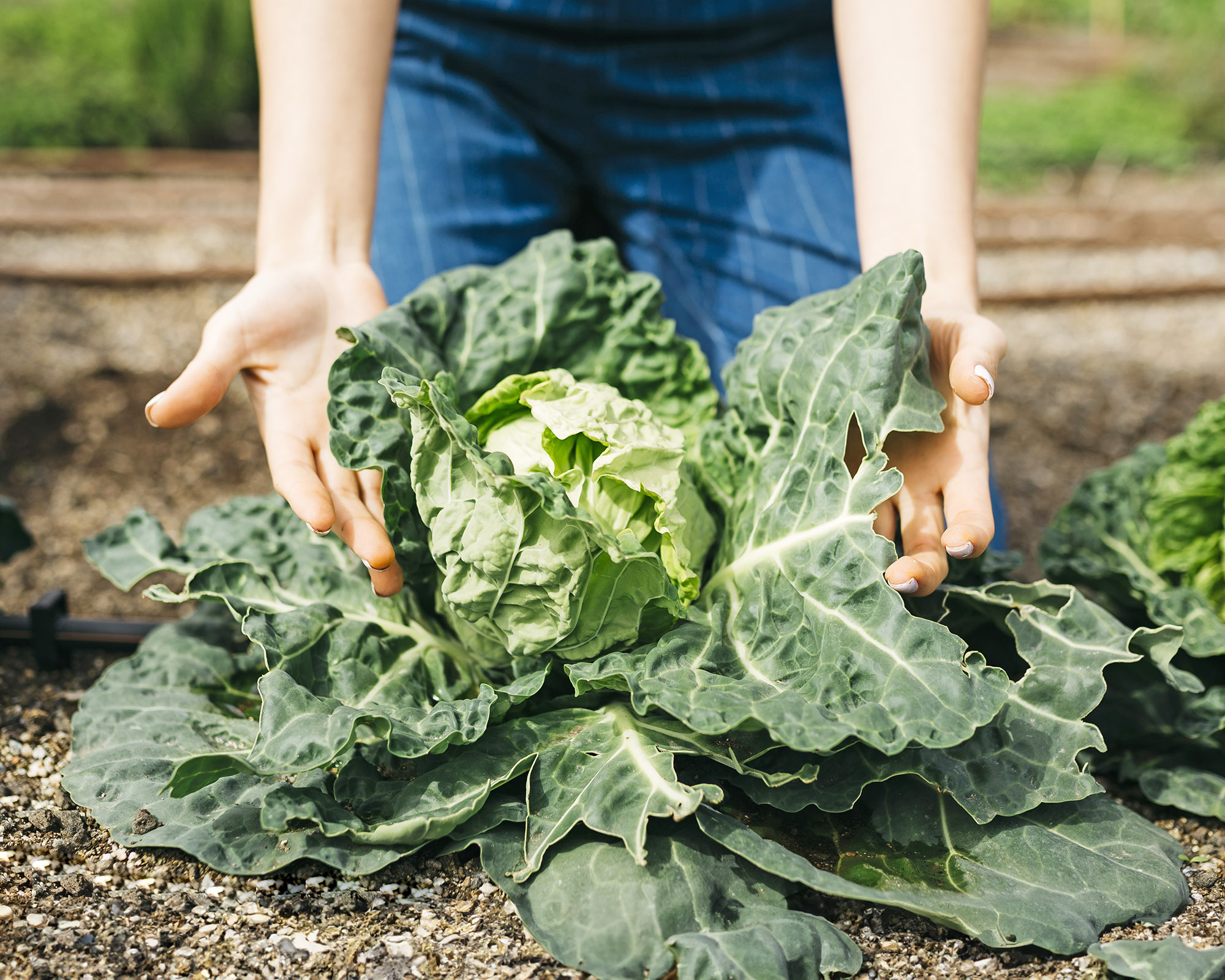
1. Cabbage
Cabbage is one of the more versatile vegetables. For the best results, these should be in the ground in May. If you haven’t started cabbage seed yet, you can still direct sow in cooler climates. You can also plant at the end of the summer for a fall crop.
2. Snow Peas
As cool-weather plants, snow peas will not produce pods in the summer. This means they are best planted from starts in most regions. Make sure to install a little trellis or poles so the plant has something to grow up onto. You will need to train the young plant a bit until it gets a good grip on the support.
Sign up for the Gardening Know How newsletter today and receive a free copy of our e-book "How to Grow Delicious Tomatoes".
3. Corn
If you want big, beautiful stalks full of juicy corn, it is time to get your transplants into the garden. Make sure your soil is full of nitrogen since corn is a heavy feeder. If you may still be getting cold nights, use water walls to protect the little plants or mulch around them heavily until the nights warm up.
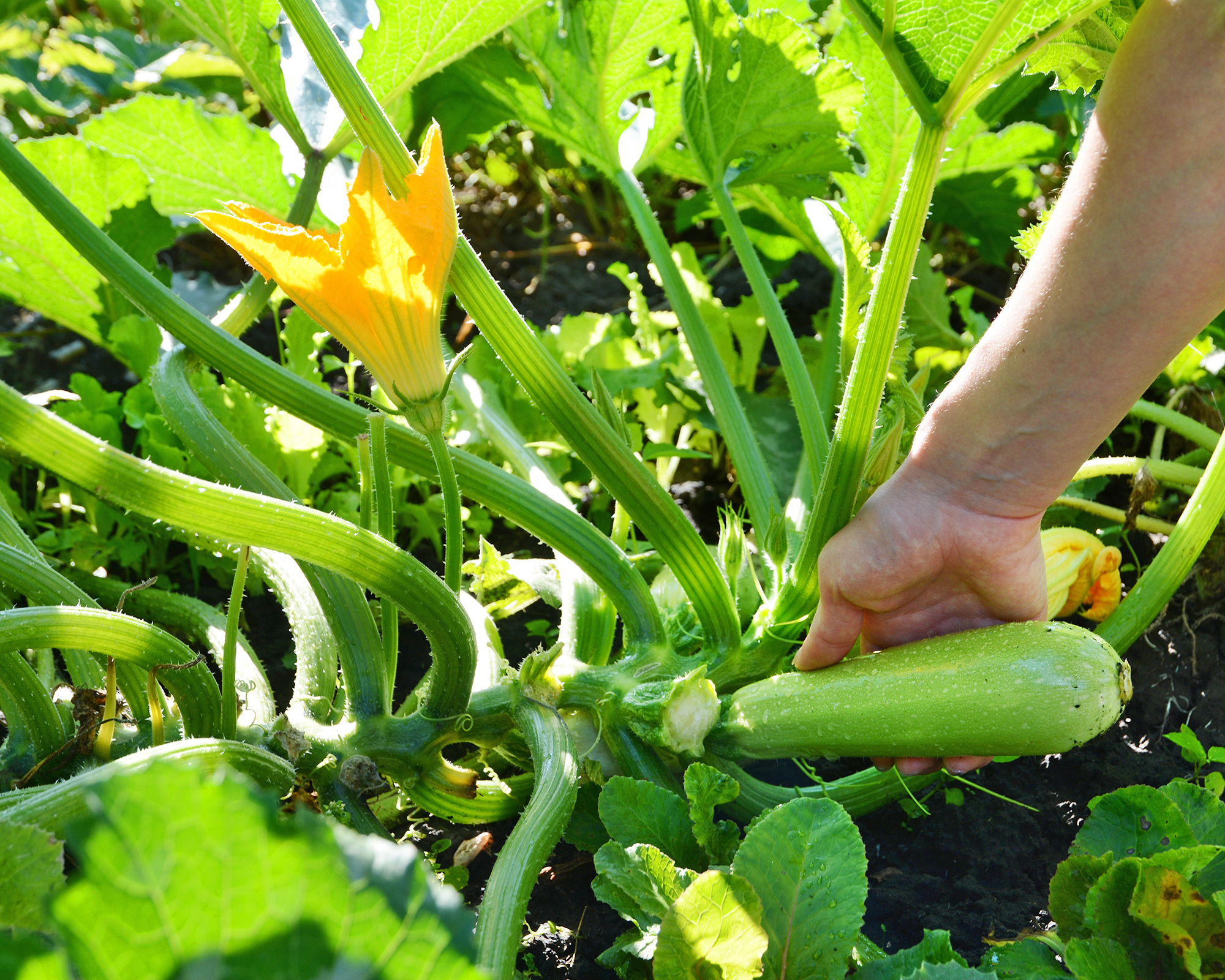
4. Zucchini & Summer Squash
May is the optimum month for setting out zucchini and other summer squash. These prolific plants need to be checked daily for ripe fruits. If you don’t remember to check, you could end up with fruits that are too large to use. Plan on providing young transplants with plenty of growing room.
5. Cucumbers
Even though cucumbers like the weather to be warm, your transplants can still go outside now. Make sure you select cucumber varieties that are suitable for your garden space. Bush varieties won’t need a cage or staking, while vining types will require support and can get quite large.
6. Nightshades
Tomatoes, eggplants, and peppers can go into the ground in mid to late May, depending on your zone. Make sure you check for the date of your last expected frost. Plant nightshade crops outside after this date, which for most zones is sometime in May.
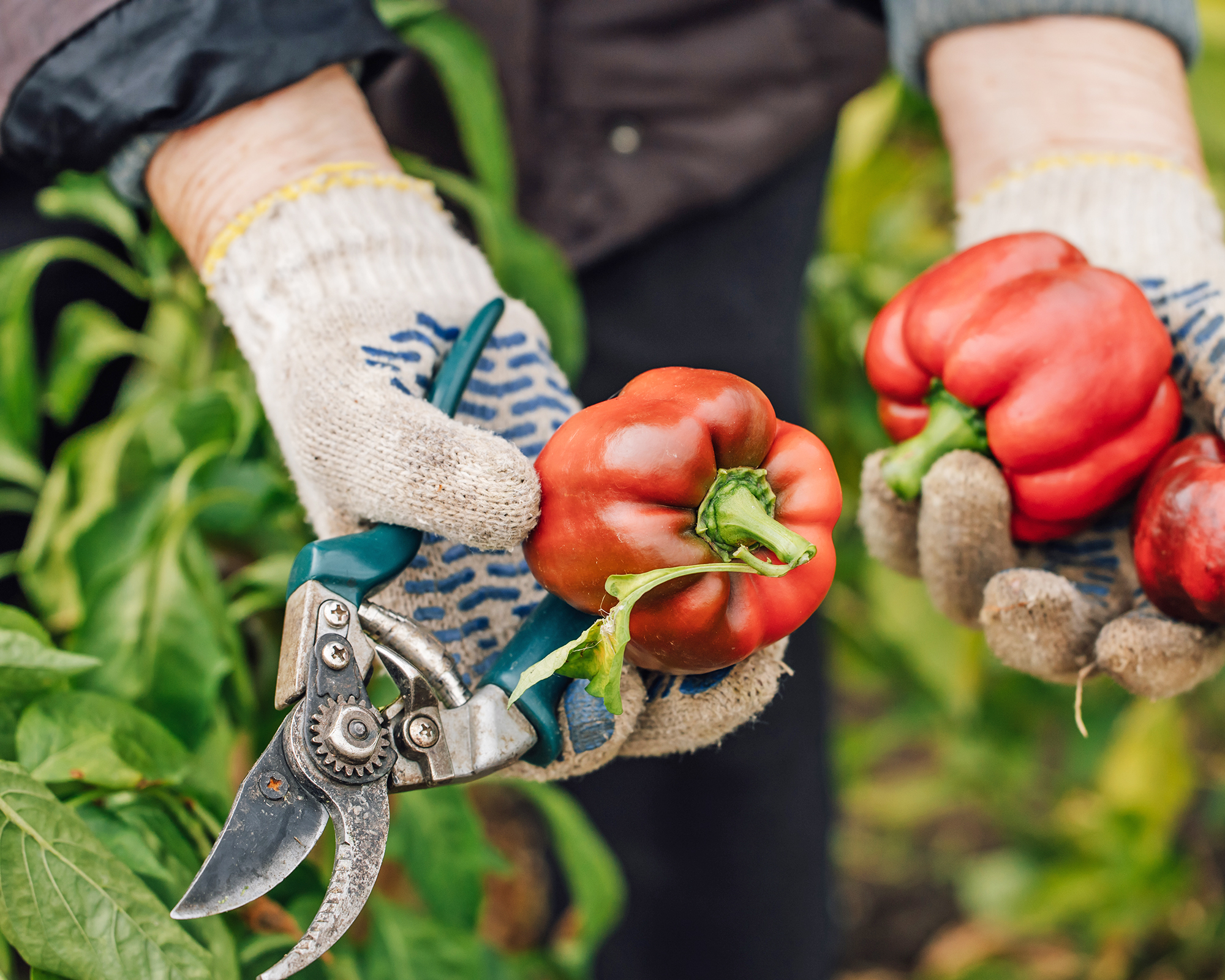
7. Broccoli & Cauliflower
Choose broccoli and cauliflower varieties that are low to bolt and a later-season type. Provide protection from midday heat and watch for aphids, which love both these floret-forming foods. Plants set out in May should already be fairly robust, so you can get a crop or two before the hot temperatures arrive and the plant slows floret production.
8. Herbs
Without herbs our food doesn’t taste as good, so May is the perfect time to set out herb starts. Basil, cilantro, sage, and others can go into the soil after a hardening-off period. The warming weather will have them growing fast in no time, and you can take a bit of them here and there for seasoning as your produce matures.
Vegetable Seeds to Plant in May
If you live in a warm region, you can direct sow plants like tomatoes and peppers. But if you are still experiencing some cool nights, then these crops must be started indoors. Cool weather lovers may still be directly sown if they are fast growers. May is a great time to get root crops into the ground. And if you didn’t start cucumbers indoors, there is still time to direct seed these – just expect a later crop.
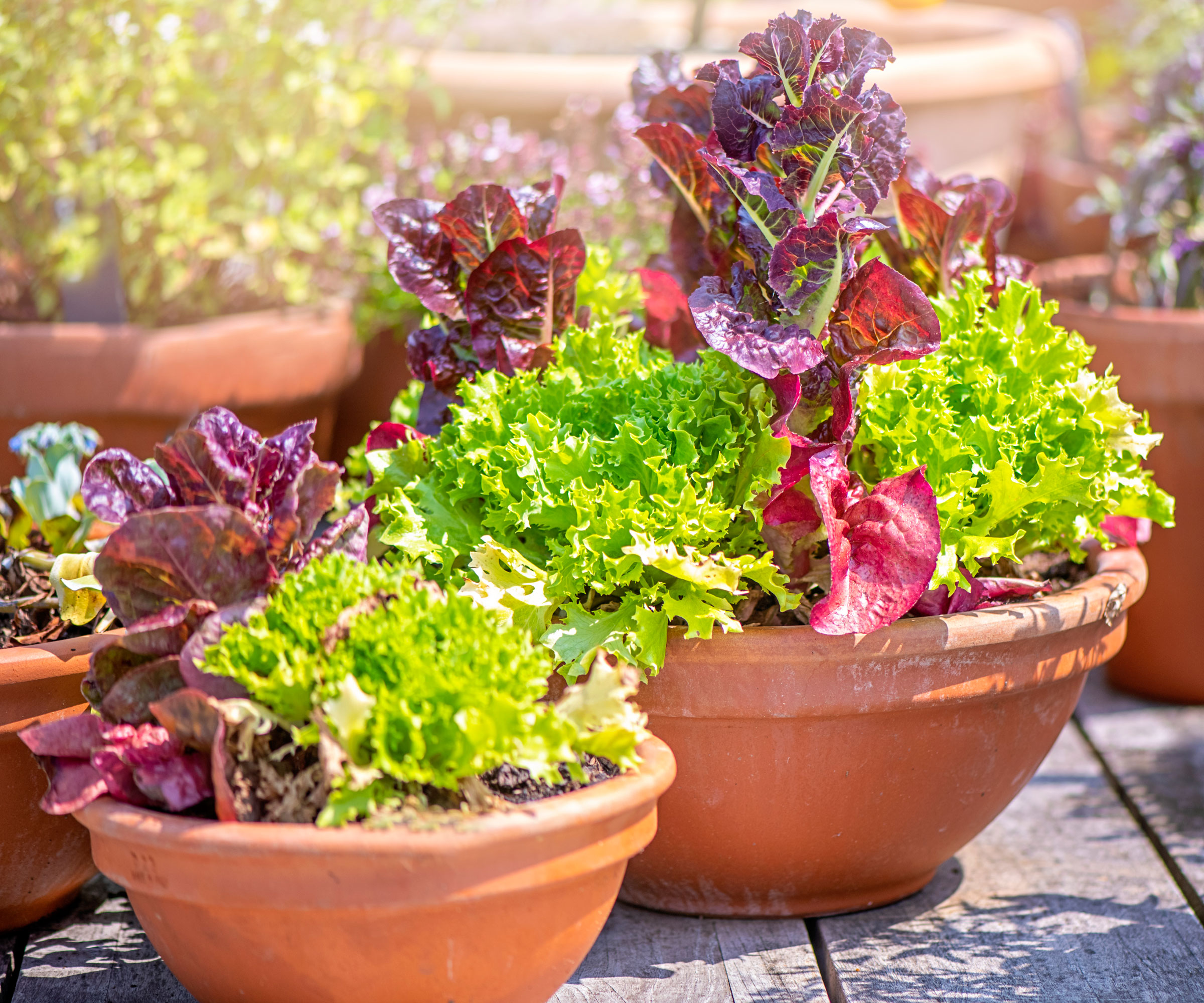
9. Lettuce
Many varieties of this salad green can be planted directly in May. Iceberg, romaine, leaf lettuce, and others will produce best in temperate to mild regions. Select low-to-bolt varieties and sow seed where plants will have some protection from noonday sun.
Try a seed mix for the best taste experience, such as the Salad Bowl Mix Organic Greens Seeds in the Shop.
10. Beets
Beets are easy to grow and should be directly sown in May. These plants are very tolerant of a light frost and perfect for Northern gardens. There are many varieties of beets in a rainbow of colors and sizes – Detroit Dark Red Beet, available in the Shop, is a heritage variety with superior flavor. Get the seed in now, and you can be enjoying a beet salad in just 50 days for some varieties.
11. Carrots
Like beets, carrots should be sown in May. You can also succession sow so that you have a steady supply of these Vitamin C-laden veggies. Carrot seeds are tiny, so you will need to thin the plants a couple of weeks after sowing the seeds.
For carrots as beautiful as they are delicious, try our Rainbow Blend Carrot Seeds.

12. Pumpkins & Winter Squash
The hard-shelled winter squashes and your Halloween pumpkins should be sown in May. Make sure the soil is warmed up to 55°F (13°C) so germination can occur. Provide plenty of room for these often large plants.
13. Potatoes
There is still time to start potatoes. Choose early and mid-season varieties like Yukon Gold and Purple Majesty. Sow seed potatoes two weeks before the date of your last frost in prepared, loose soil.
14. Radishes
Radishes mature so fast that you can plant them during much of the growing season, although they can get bitter when the temperatures get hot. There are mild and spicy varieties from which to choose, as well as several colors and sizes. Our recommended pick is Rivoli Hybrid Radish Seeds, available in the Shop.
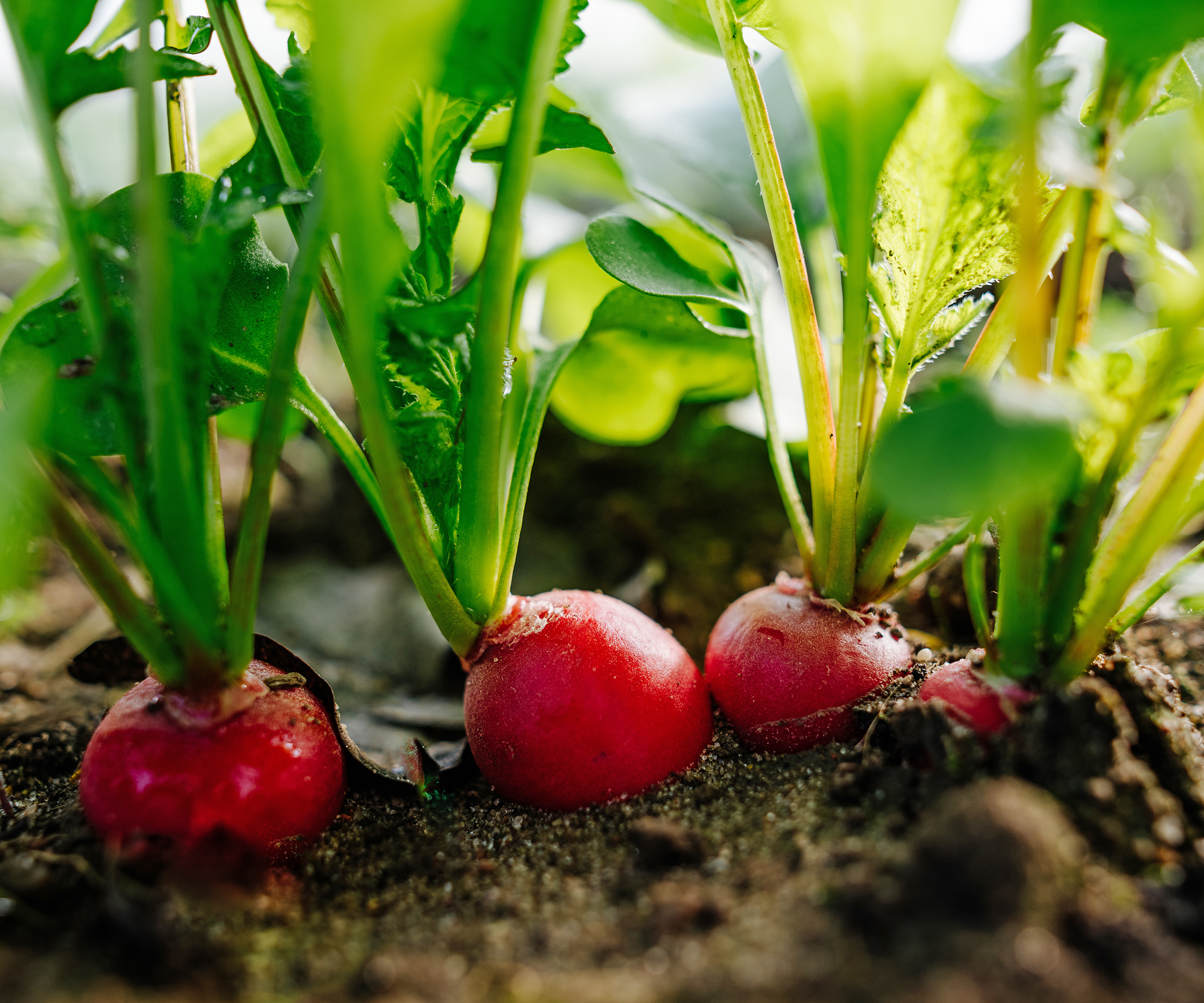
15. Melons
Melons should be sown after your last frost date, which is often in May. There is a huge variety of melons from which to choose, including some suitable for small garden spaces. Melons are also heavy feeders, so incorporate plenty of nitrogen-rich organic matter into the soil prior to planting.
Tips for Planting Vegetables in May
Before you start planting, check your soil pH and nutrient content. Also, do a little soil test to make sure it percolates well. Dig a hole that is 1 foot by 1 foot (30cm) wide and deep. Fill the hole with water and let it drain. Then fill it again and record how long it takes to drain. If your soil is well-draining, it should drain at a rate of 1 inch (2.5cm) per hour. If it is not draining fast enough, you will want to amend the site with organic matter like compost. Adding organic matter will not only increase drainage, but it will also add nutrients to the soil slowly as it breaks down further.
Another thing to consider is how many plants you will need. Plants with heavy fruit development, like tomatoes and peppers, should have 1 to 2 plants per person. Plants that store well, like potatoes, can be planted at a rate of 5 to 10 plants per person. If you can or dry foods, you will need more. Of course, how many vegetable plants per person will ultimately depend on family preference. Plant more of what you and the rest of the family love to eat.
More Vegetable Growing Inspiration
- Discover the 7 best vegetables to plant in April. Start indoors or outside for a bumper summer harvest.
- Grow the sweetest, freshest harvest with our ultimate guide to growing cherry tomatoes.
- Can you grow potatoes from potatoes you bought at the grocery store? Let’s give it a try!
- Want to become an expert at growing your own delicious tomatoes? Download our Complete Guide to Tomatoes today.
This article features products available from third party vendors on the Gardening Know How Shop.

Bonnie Grant is a professional landscaper with a Certification in Urban Gardening. She has been gardening and writing for 15 years. A former professional chef, she has a passion for edible landscaping.

